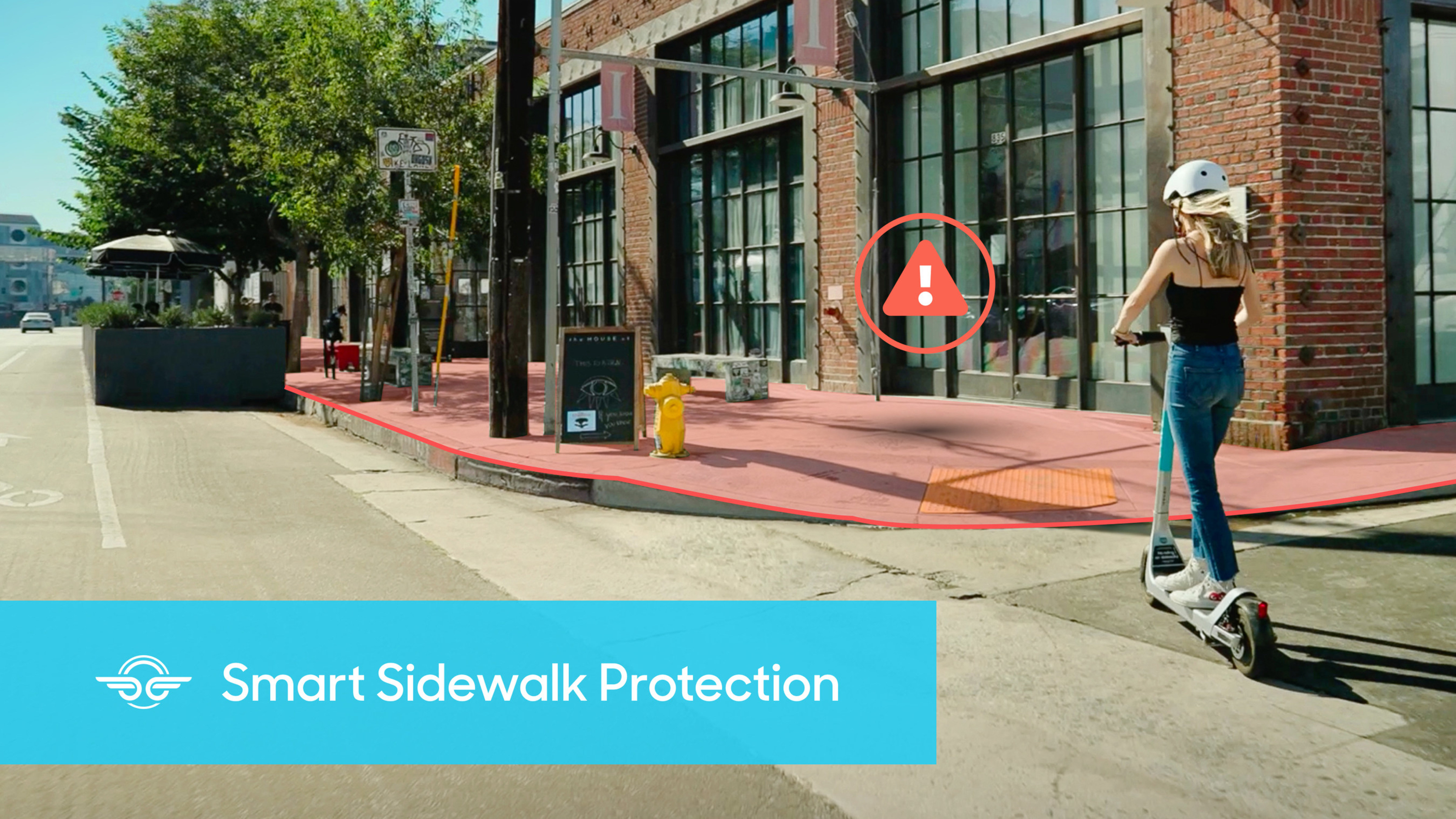
Bird has integrated a sensor fusion solution into its vehicles to prevent micromobility devices from being used on pavements and footpaths.
Bird says technology that prevents pavement riding has become increasingly important as more cities look to integrate shared micromobility into the climate action plans that focus on reduced carbon emissions in their communities.
The new Smart Sidewalk Protection solution combines Bird's suite of onboard vehicle sensors with U-blox's ZED-F9R high precision dead reckoning module with centimetre-level pavement mapping to prevent pavement riding in real-time, the company adds.
For example, the solution is expected to safely bring a vehicle that has entered onto a pavement to a safe stop while allowing the rider to walk the vehicle back to the roadway or bike lane.
Bird chief vehicle officer Scott Rushforth says: "Everything we build at Bird is centred around safety and scalability, sidewalk riding detection is no exception. After three years of building, testing and piloting a range of technologies including but not limited to on board cameras, GPS tracking, ultra-wideband and beacons, we found that each was insufficient with regard to accuracy, precision, immediacy or scalability. Our testing led us to a collaboration with U-blox which resulted in the development of our end-to-end sensor fusion solution that meets our criteria."
Alex Ngi, product manager positioning at U-blox, says: "Our centimetre-level precise GNSS positioning technology will now be implemented in the expanding micromobility industry, strengthening our contribution to a safer and more ecological world."
The technology is currently being piloted in Milwaukee and San Diego, and is expected to be piloted in Madrid in early 2022.











